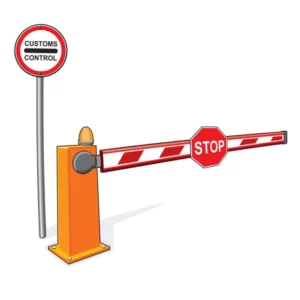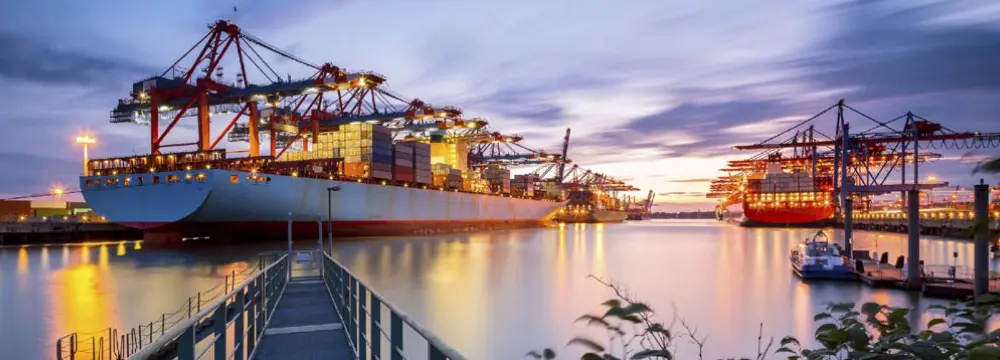The global economy (and world trade) can have devastating effects upon countries. Particularly in times of a slow-down or recession, many pressures are placed upon countries which can disrupt a nation’s economy.
A country can also feel this pressure regardless of the condition of the world economy when its economy is, for instance, in a restructuring or catch-up process that requires some time until competitiveness at the international level is accomplished.
The most general principle countries use to safeguard themselves against suffering severe effects as a consequence of global economic pressure is through a concept called trade protectionism.
However, what characterizes trade protectionism exactly? Simply put, it is the practice of implementing rules, regulations or laws with the intent to protect domestic industries from foreign competition. Countries choose to implement various forms of protectionism referred to as barriers of trade.
Forms of Protectionism
Firstly, tariffs can be implemented with the intent of raising the price of imports to help fuel domestically produced goods’ demand.
Furthermore, non-tariff trade barriers – like quotas – are limits based on the volume for imports. Other similar methods include voluntary export restraints (which are similar to quotas but implemented after an agreement between the two countries) and administrative barriers such as regulations.
Controlling the import of foreign goods is the main target of most protectionist measures.
The Effect of China Protectionism
Although economists and politicians generally have a positive view of free trade, their stance does not necessarily discount China protectionism. Depending on the context, both protectionism pros and cons exist and can make this principle appear favourable for certain economic sectors at certain stages.
The most compelling reason for China protectionism is the infant industry argument. This argument suggests that new industries within a domestic market need help and support to allow them to grow; otherwise, mature foreign goods will saturate the domestic market before it even has a chance to develop.
The sheer size of other markets gives a head start to well-established foreign companies by allowing them to benefit from economies of scale, increased skills and infrastructure; therefore, it is seen as only equitable for a domestic market to be protected to allow it to reach a more developed stage.
However, the other side of the argument is that while China protectionism to protect the domestic market and their workforce, they actually have a negative welfare effect on exactly those aspects. The principle of comparative advantage suggests that the gains of free trade are higher than the losses, as countries will specialize in industries in which they have a comparative advantage.
Furthermore, free trade is said to increase competition between companies internationally, which results in an increase of the standard of living. One can argue, therefore, that it is highly inefficient and questionable whether it is possible that they ever reach a truly competitive level when safeguarding many industries in a country by protectionism trade policies.
Implementing barriers to trade can make sense under certain circumstances
but usually it has adverse effects for all countries.
The Development of China Protectionism
Over the last decade, the amount of countries implementing protectionism policies has increased again on a frequent basis. Protectionist economic policies have to be seen in the context of relatively tough times for the global economy and the aftermath of the financial crisis.
All countries have enacted some form of protectionist trade policies: China (200-300), the USA (over 800), and the UK and Germany (300 each). Most protectionist measures worldwide are imposed against China. Sometimes this development is even referred to as a new trade war.
However, China is not so much a victim of protectionism as critics often point out the strong incentives it gives to its domestic companies to export (such as tax cuts and other hidden subsidies). Furthermore, China has heavily protected the direct access to its domestic market for a long time.
It is well-known for using compulsory joint ventures, technology transfer and access to cheap land and loans for state owned enterprises (SOEs) to catch up and gain advantage in strategic economic sectors. However, China has reached a point at which it would benefit more from the elimination of protectionism.
In line with this, one of the original purposes of the World Trade Organization (WTO) was to encourage free trade between countries. Although the organization has a dispute process and acts as a mediator between countries, by the time a resolution has been presented, China’s protectionism trade policy may have already been in place for several years.
The Future of China Protectionism
Many economists believe that China protectionism is actually detrimental to the overall global economy. While it is true a country imposing certain measures may improve their own situation in the short-run, it is also likely the protectionist country will also have import restrictions imposed against them.
It creates an unfavorable circumstance, and artificially tries to manipulate the process of globalization to a countries own gain. If only one country participated in such measures, that country would benefit, but as soon as other countries react with similar methods, everyone ends up losing.
In uncertain economic times, the temptation to take reactive measures to protect the domestic market is strong. China might also change its current attitude again when circumstances are changing. However, the overall trend has shown that free trade is the best option, and if countries could look further than the setbacks they encounter along the way, the global economy would be better off.






